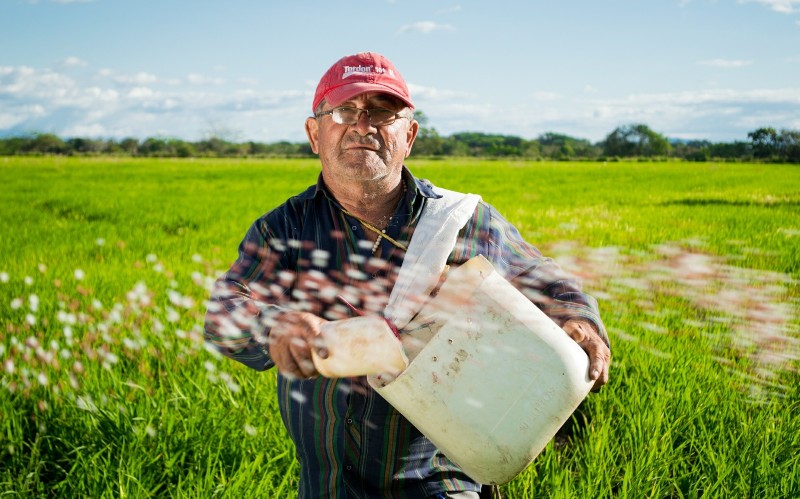The South American nation of Colombia has a long history when it comes to cannabis cultivation and cannabis exports.
In recent years Colombia has started the process of moving from an unregulated cannabis industry to a legally regulated industry.
The cannabis plant grows very well in Colombia due to the nation’s ideal climate, which combined with cheap labor, puts Colombia in a prime position to become a major international supplier of cannabis.
Despite Colombia’s natural advantages, its cannabis industry will never reach its full potential without the help of cannabis industry technology.
Below are some examples of technologies that can be harnessed by Colombia’s emerging cannabis industry to help boost the nation’s chances of becoming a top cannabis exporter.
Greenhouses
Colombia’s climate may be ideal cultivating cannabis under the sun, however, incorporating greenhouses into cultivation operations will help boost yields and increase potency.
Newer greenhouses have ceilings that can open up automatically when conditions are determined to be optimal, and close if necessary when rain, wind, and other factors need to be avoided.
By doing so, plants will be happier and healthier and yield higher quality cannabis in larger quantities.
Light deprivation strategies can be used at greenhouses to help shorten the cultivation time for plants, allowing growers in Colombia to harvest more often.
Greenhouses obviously cost money, so it will be a while before enormous facilities are more common in Colombia, but they are presumably in plans for the future for most cannabis companies in the region.
Colombia is a great place to cultivate cannabis, however, growers there would benefit from incorporating greenhouses when it makes sense to do so.
Automated Planting and Harvests
For the most part, cannabis cultivation operations in Colombia rely on hand planting and manual harvesting methods, similar to most agricultural operations in South America.
With cheap labor and a solid climate for cannabis cultivation, Colombia’s industry would increase in size exponentially with the assistance of modern cannabis industry technology.
Automated planting technology has existed outside of the cannabis industry for a while now, and many technologies have been adapted to facilitate cannabis planting.
Harvesting technology is not as useful to the cannabis industry as planting technology due to how delicate the mature cannabis plant is, however, it can still provide significant efficiencies for certain stages of the harvest process.
Harvesting technology is particularly useful for initially cutting the cannabis plant from its root base, and for trimming buds from branches.
In Colombia, where cannabis plants are sowed and harvested by the tens of thousands, efficiencies in planting and harvesting can go a long way to boosting profits and lowering wholesale prices.
Processing
Exporting cannabis flower can be a cumbersome task that is ripe for issues.
For starters, cannabis flower, even when dried, has a much shorter shelf life compared to other forms of cannabis such as concentrates.
When cannabis flower is being packaged and delivered for a local market, that may not be a big issue. However, when the cannabis flower is being shipped around the world, that can be a problem.
That’s especially true when considering how long it takes for cannabis flower to be tested and certified as being safe for human consumption.
If Colombia’s export industry is based on a largely-flower focused model it will be limited compared to a model that includes other products.
Colombia’s cannabis industry will continue to move in a direction that incorporates processing facilities and technology, and that will help the export industry thrive.
Author
-
Johnny Green is the Media and Content Director for the International Cannabis Business Conference and has blogged about cannabis since January 2010.






